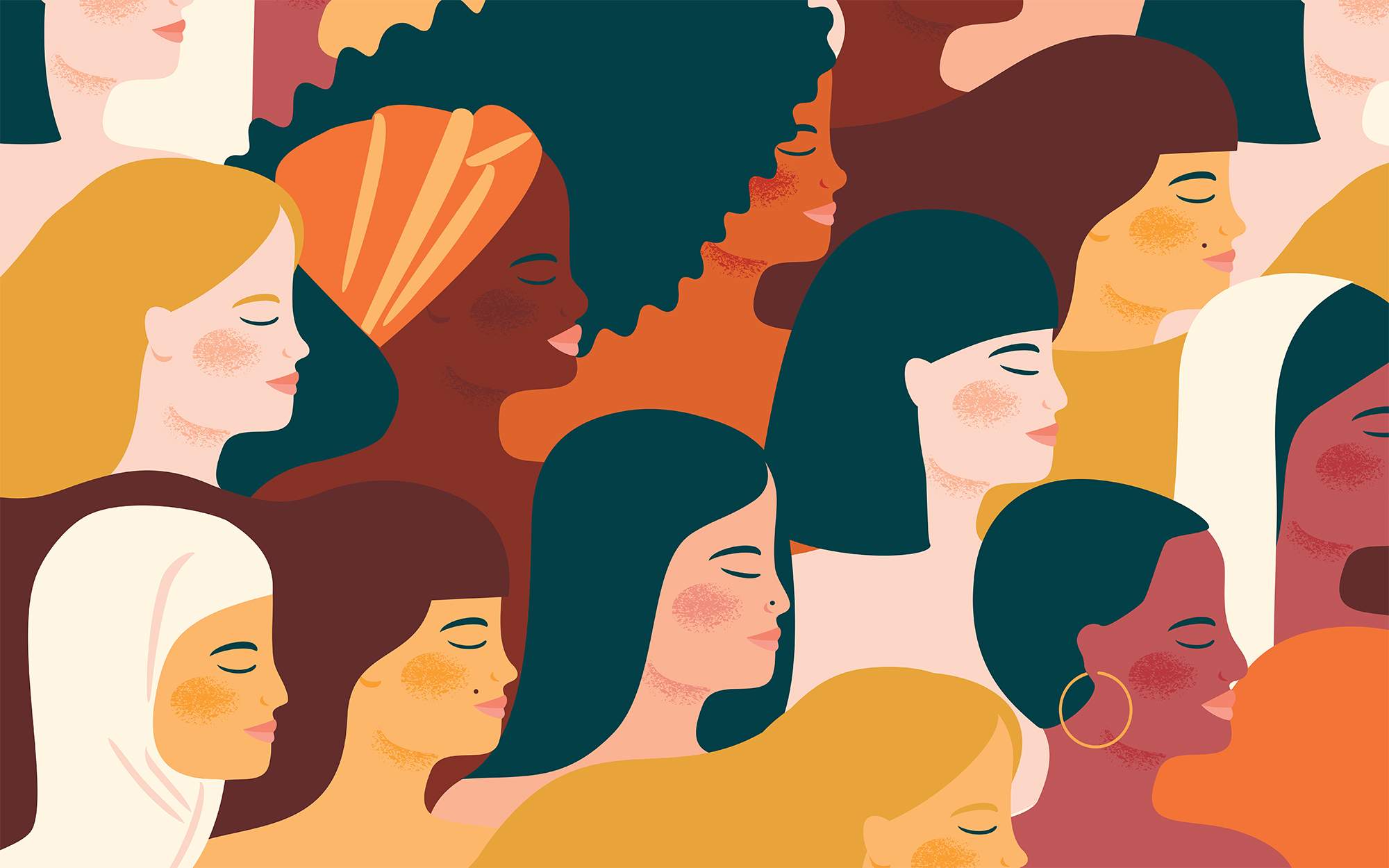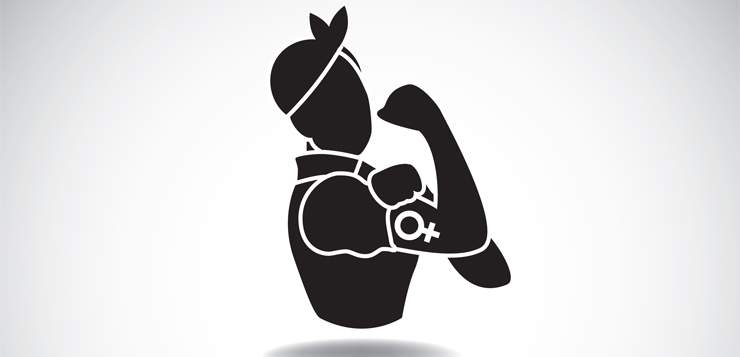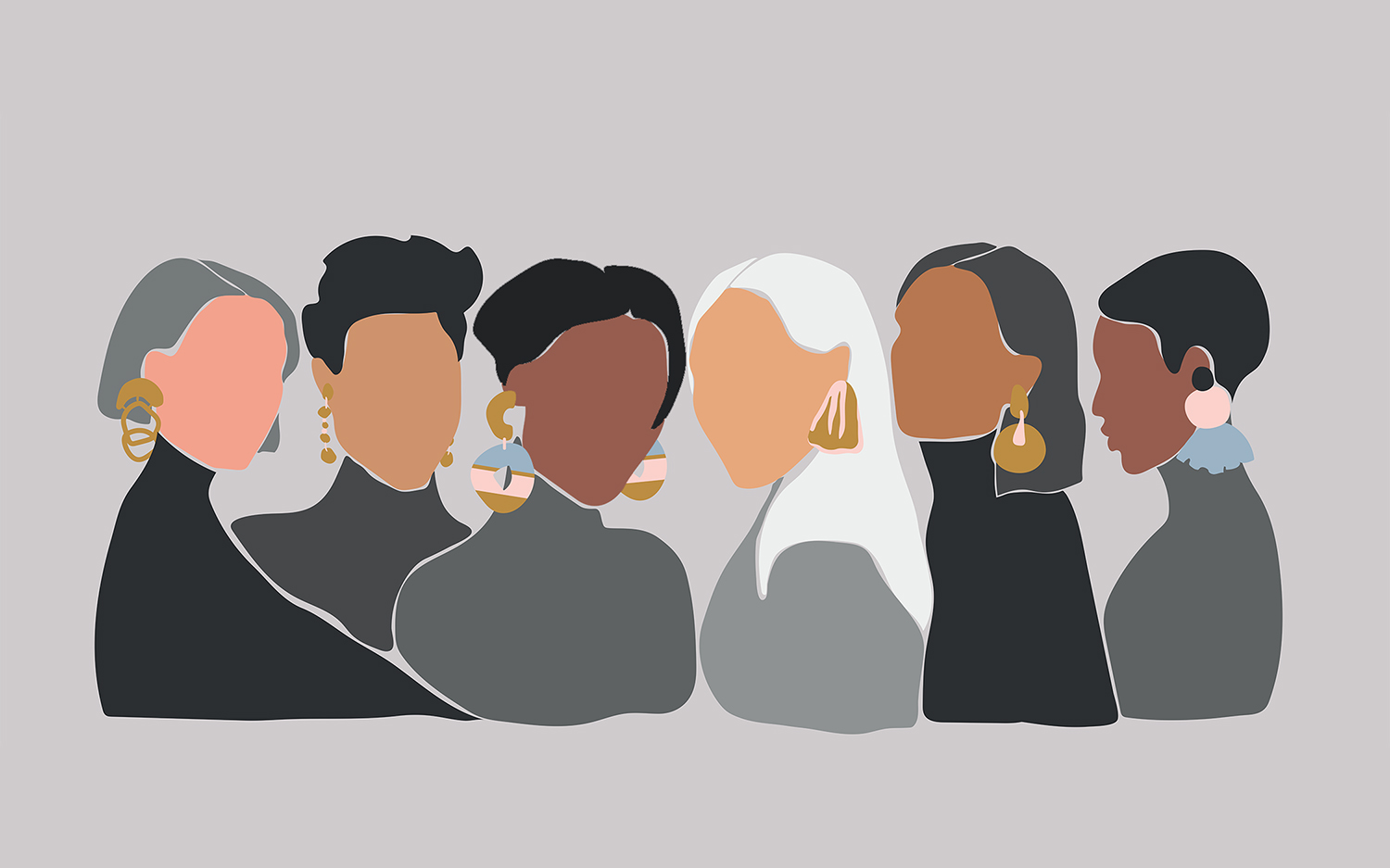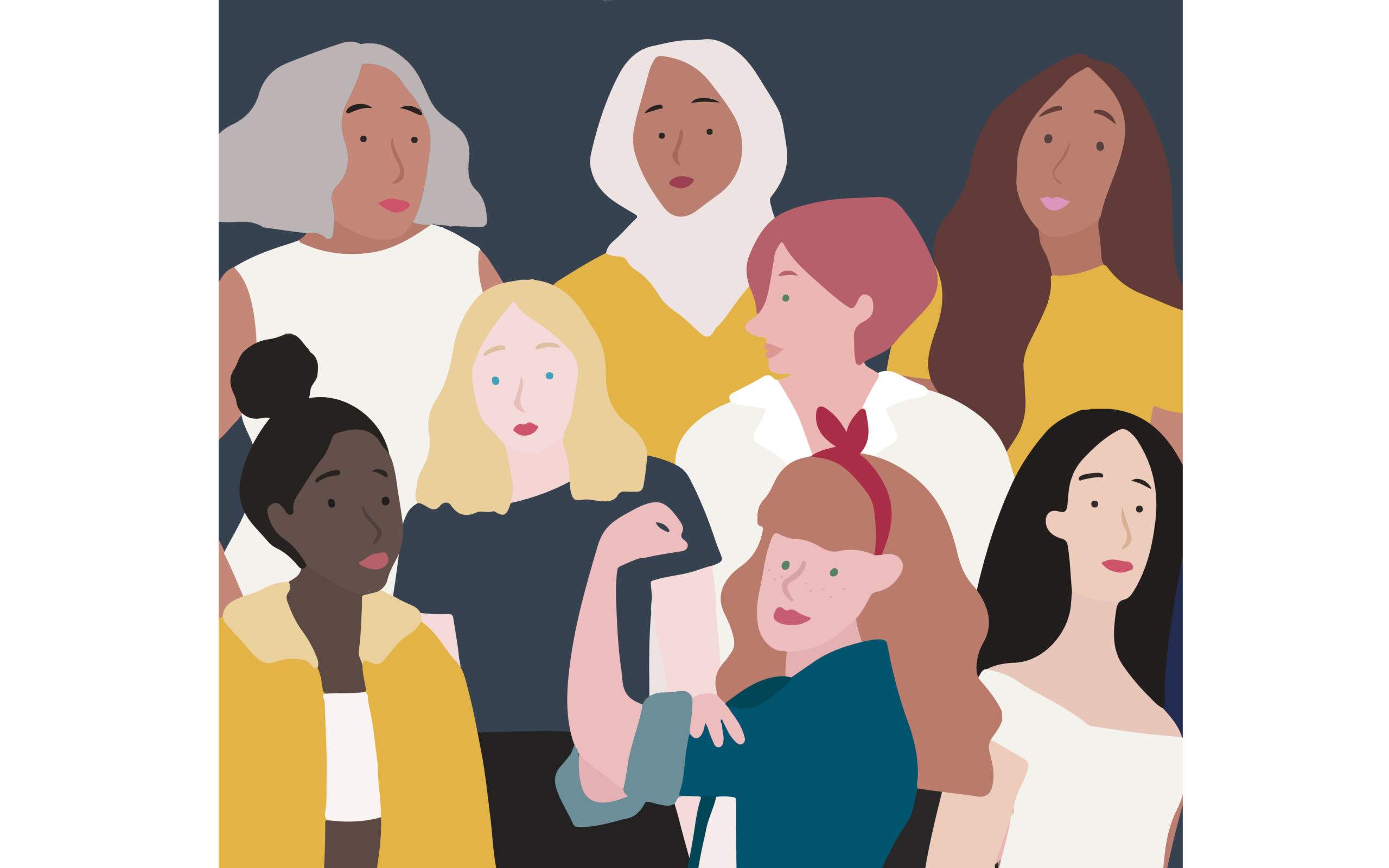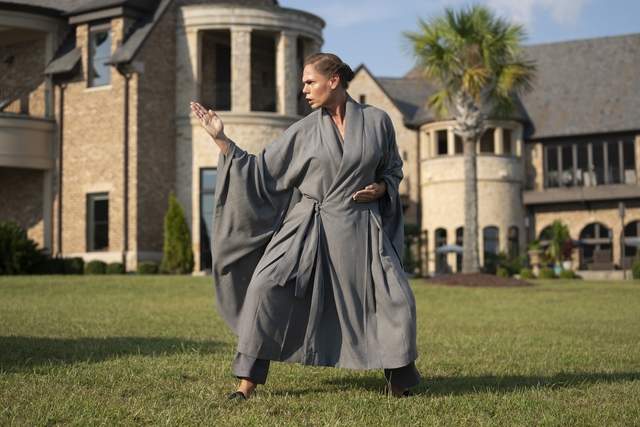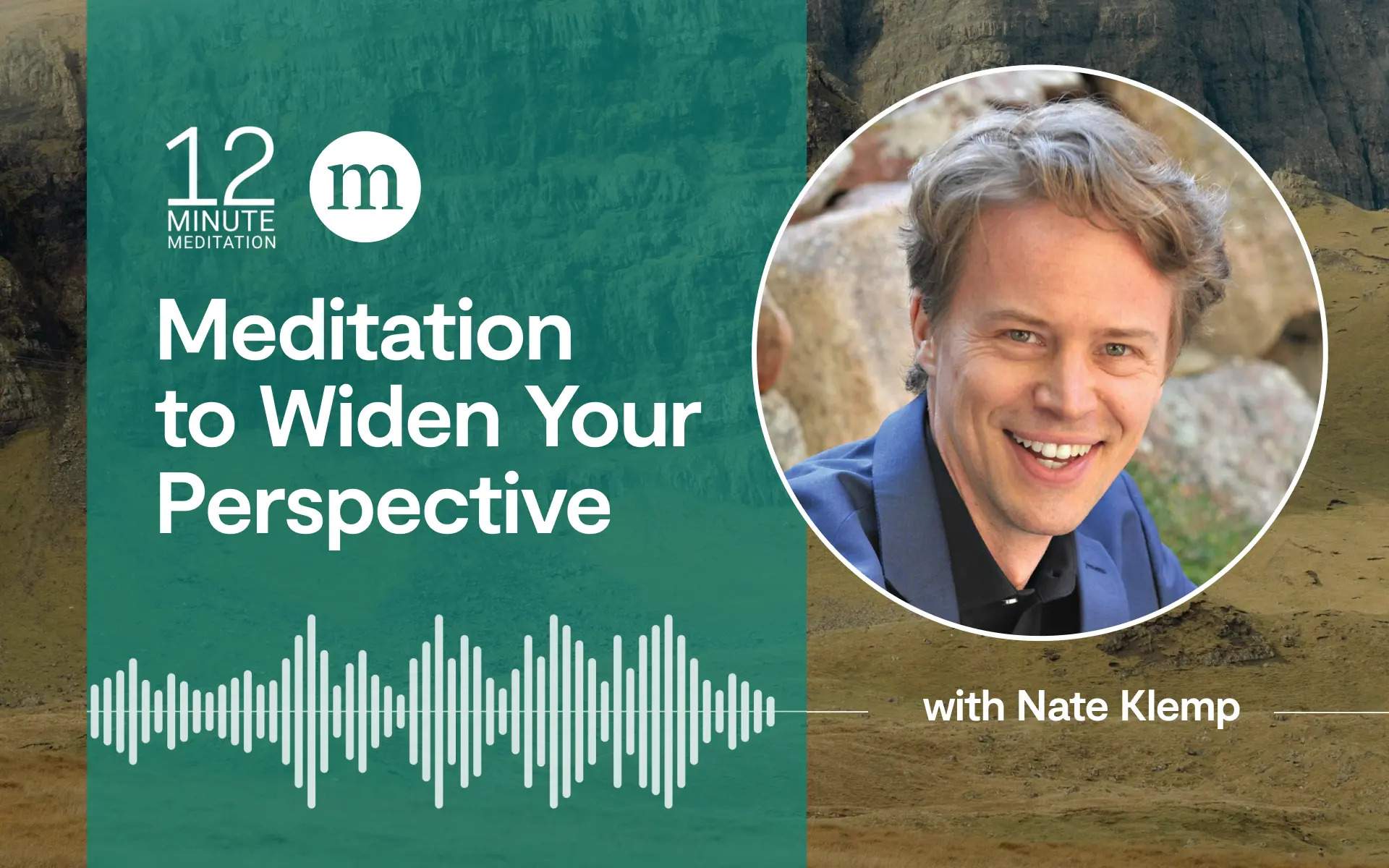This is why we practice. As climate change, a global pandemic, a racial justice reckoning, and suffering of all kinds wrack our world, we remind each other: This is why we practice. In our second annual focus on women leaders of mindfulness, we invited these twelve women—teachers, researchers, writers, and activists nominated by their peers—to share with us what they’ve learned from their years of deep practice. In these pages they reveal the insights and experiences that help them navigate troubled times, guide others, and make transformational change in their own lives, the lives of others, and even the organizations and structures we live and work within. We hope the wisdom they share inspires you—not only to sit and practice, but also to rise and act.
1) Cultivate Equanimity, Not Impassivity
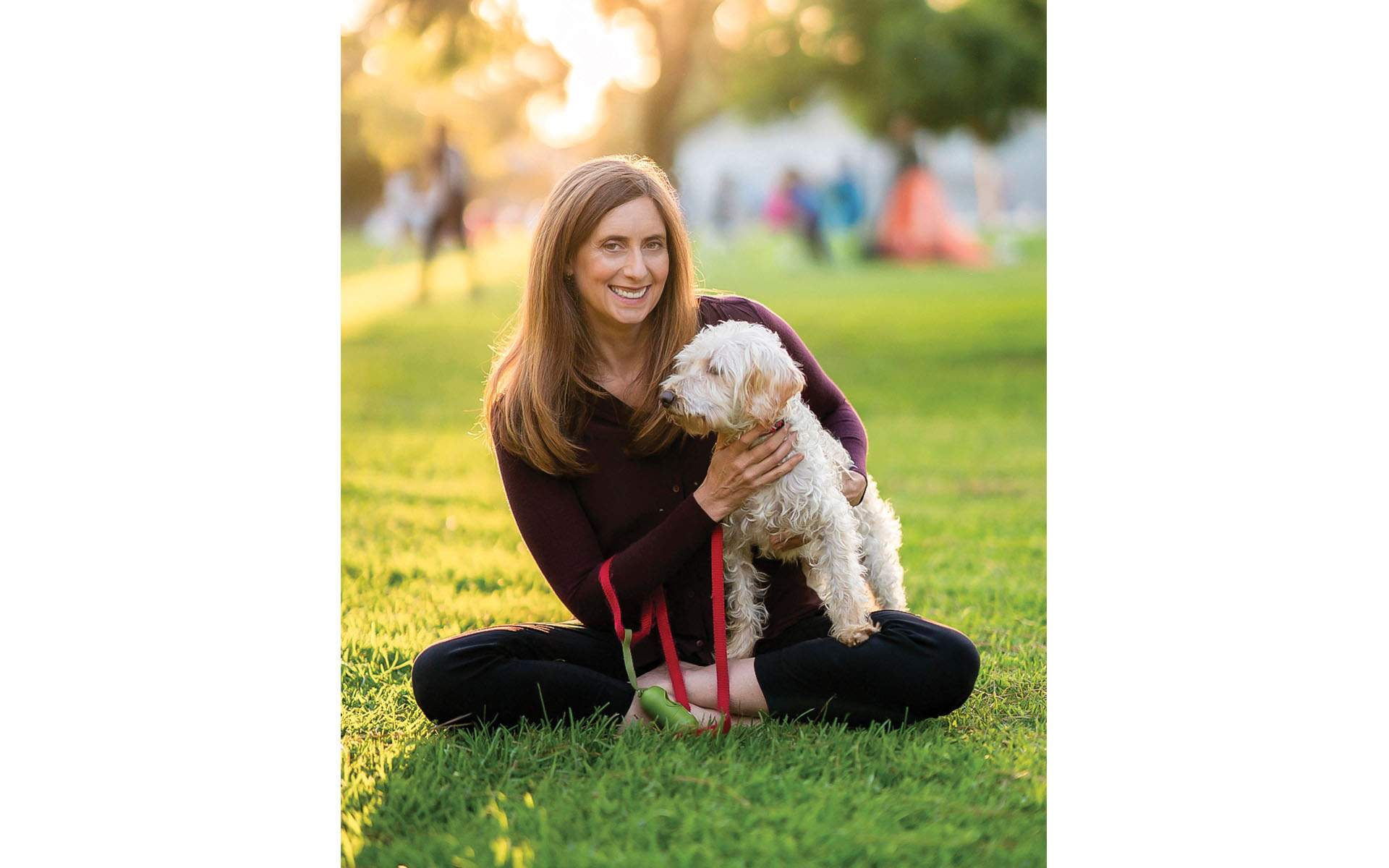
Diana Winston
Director of Mindfulness Education at UCLA
One of the first, basic mindfulness practices to resonate with Diana Winston still guides her today. She was 21 years old, on a 10-day meditation retreat, learning various principles. “And one of them was there’s praise and there’s blame, and you can’t escape the two of them. And I heard this and something lit up inside me. And I knew that I was really interested in: How do you escape? I’m always seeking praise and running away from blame. And they said, well, there is an answer, and that is to develop a mind of equanimity. And here’s how you do it, you meditate.”
It’s equanimity Winston, a renowned writer and meditation teacher, reaches for when life gets stormy, it’s equanimity she’s striving to help her young daughter learn, and it’s equanimity she believes can help steady us all in troubled and troubling times.
“Just coming back to my practice, going back to my breath and cultivating that equanimity. I try to remind myself that things are as they are, not to bring impassivity, but to help me grapple with and hold space for the fact that there is tremendous suffering going on and lots of forces of greed and violence and delusion that are causing more and more of it.”
“I think that bringing mindfulness out into the world is moving our planet in the direction we want to go.”
Holding that space, Winston says, can change the world. “I think that bringing mindfulness out into the world is moving our planet in the direction we want to go. It transforms individuals, which transforms our communities and transforms institutions. It’s what we can do to help transform the world in the spirit of love, compassion, and justice.”
2) Remember Who You Are
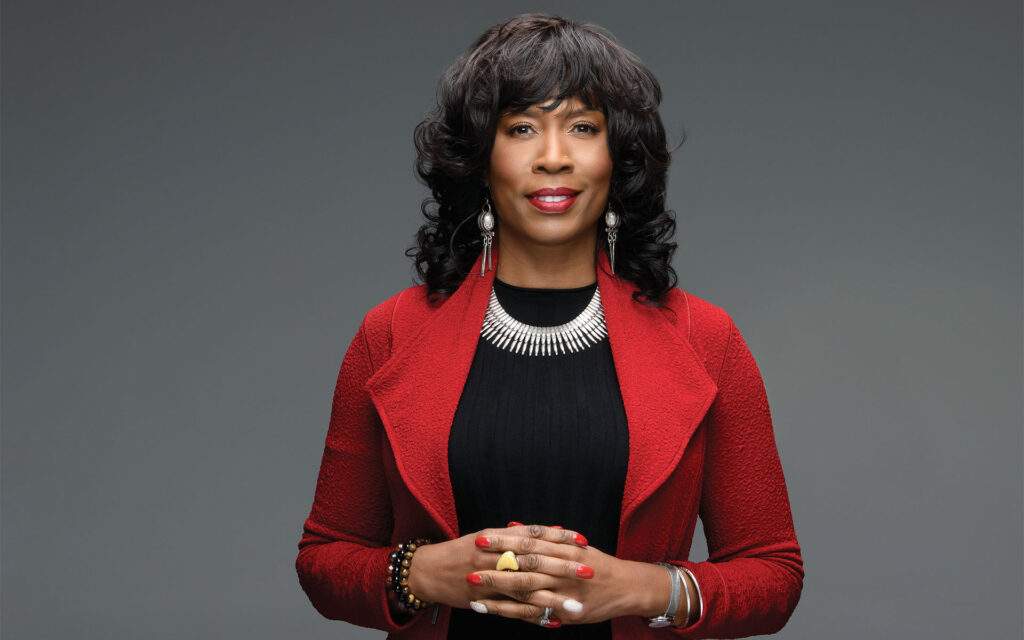
Jenée Johnson
Mindfulness, Public Health, and Racial Healing Innovator
Jenée Johnson’s mindfulness practice has been a place for her to root and remember who she is. “I am not who you say I am,” says the Program Innovation Leader at the San Francisco Department of Public Health Mindfulness, Trauma and Racial Healing. Johnson says her mindfulness practice—begun in childhood as Christian prayer—helps her remember who she is amidst the chaos of modern times, including the “psychic warfare” of racism.
Much of Johnson’s work focuses on race. “Not by choice, I speak about racism,” Johnson says, but she knows the work is vital because of the nature of racism, and how it operates. “You begin to question your worth. And that’s essentially what racism does. It’s a dehumanization process.”
“Once you have access to the fullness of your worth and your humanity, then you can do just about anything you want.”
So for Johnson, connecting with her mindfulness practice allows her spaciousness, and an opportunity to rest. “The body needs to rest, which is also part of the reclamation of mindfulness for a people that were brought here to work and where rest is not often a part of what we get to do with ease. And there is no healing without rest. And so I am these days so thankful for the practice.”
A practice, Johnson notes, that has roots in Africa, though it does not belong to any one group of people—it’s part of the human experience, “thereby increasing access and relevance to people of African ancestry and others. Once you have access to the fullness of your worth and your humanity, then you can do just about anything you want. You can have anything.”
For Johnson, mindfulness isn’t just rest—it’s also hard work. “Mindfulness is that roadway to emotional intelligences, to this ability to navigate the triggers and potent emotions, to have empathy and compassion, to know my value, to be resilient, to have a way of explaining things that don’t diminish me.”
Johnson emphasizes the work to her colleagues in public health when she’s teaching. “This is not about making excuses. This is stepping fully into what is possible.” That includes, Johnson says, a reckoning with one’s circumstances, no matter how painful and traumatic they may be—and it’s not about turning away from that pain and trauma, but to say yes, that happened, this is what I’m facing. “And that’s more and more of what I speak about in my work, this ability to not make an altar at Black pain, but to say yes that happened, and I’m moving on.”
3) Support Grassroots Mindfulness Work
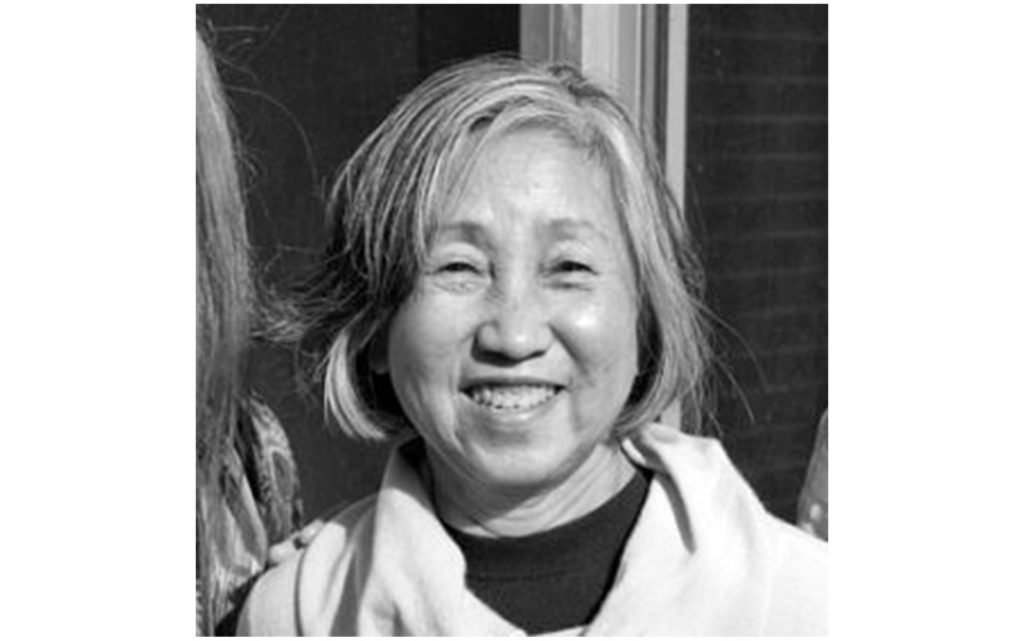
Tita Angangco
Cofounder, The Centre for Mindfulness Studies
Tita Angangco cofounded, along with Patricia Rockman, the Centre for Mindfulness Studies. Angangco knew mindfulness meditation could help those who practice be gentler, more open, less reactive, and more resilient—and that could be a boon for people who are involved with government systems like corrections, health, housing, and more.
“I really am very interested in system change because that has the greatest impact for a lot of people,” Angangco says. She’s retired from the Centre she cofounded, serving now on its board. Now she’s involved in a project in the Philippines, providing mindfulness training through schools and universities. “The global mental health field is making innovations in areas that would be anathema or would not be acceptable within the western setting where we’re up against established order and established ways of thinking,” Angangco says.
“What’s really important is to change the very fundamentals of our values, and our beliefs about each other.”
The three-year pilot project in the Philippines is simple in its concept. “Right now we have a program that’s training frontline workers to do both preventive and treatment work with marginalized youth. And we’re hoping to get another grant for working with the youth themselves, to train those that are interested, to be peer-support workers.”
Angangco knows that though the pace of change will be slow, it will come—and it will come from the bottom up. “What’s really important is to change the very fundamentals of our values, and our beliefs about each other. It’s serious work and it needs to get done.” says Angangco. “We need leadership at the top as well as grassroots movements at the bottom.”
4) Trust Yourself to Fail Wisely
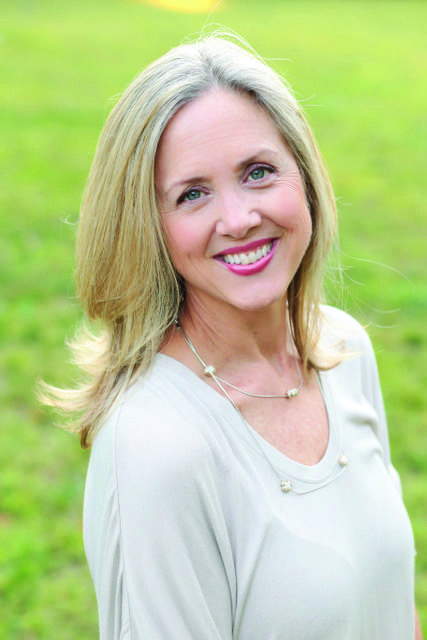
Cheryl Jones
Founder, The Mindful Path
Cheryl Jones became an expert at using mindfulness to navigate difficult times out of sheer necessity. She was in a marriage with a spouse who was “a stressful person” when she read Wherever You Go, There You Are by Jon Kabat-Zinn. “I lit up like a Christmas tree. It just resonated with me at such a core level.”
And while her mindfulness practice couldn’t change the outcome of her marriage, it was a pillar for her in the aftermath. “My mindfulness practice enabled me to break down the madness into manageable moments, and get through the most turbulent time of my life,” Jones says.
“We don’t trust that we have within us the capacity to withstand the fear and the rage and the grief. But my mindfulness practice helped me to trust myself. And it was that willingness to be with those really, really strong emotions and allow myself to acknowledge how bad it was, and how scared I was. If we don’t do that, we end up working too much, drinking too much, eating too much—all kinds of things that don’t help us get through.”
“Be willing to be with yourself as you are with love and compassion.”
Jones became a certified Mindfulness-Based Stress Reduction instructor and today she provides mindfulness training to businesses, organizations, retreat centers, and more. She says it’s vital to remember that small steps can be huge. “A willingness to stop for even one minute is a powerful place to start. Stand up and do some gentle stretches, even if it’s just for one minute, sit down and be willing to be with yourself as you are with love and compassion.”
5) Use Clarity of Vision to Make Change
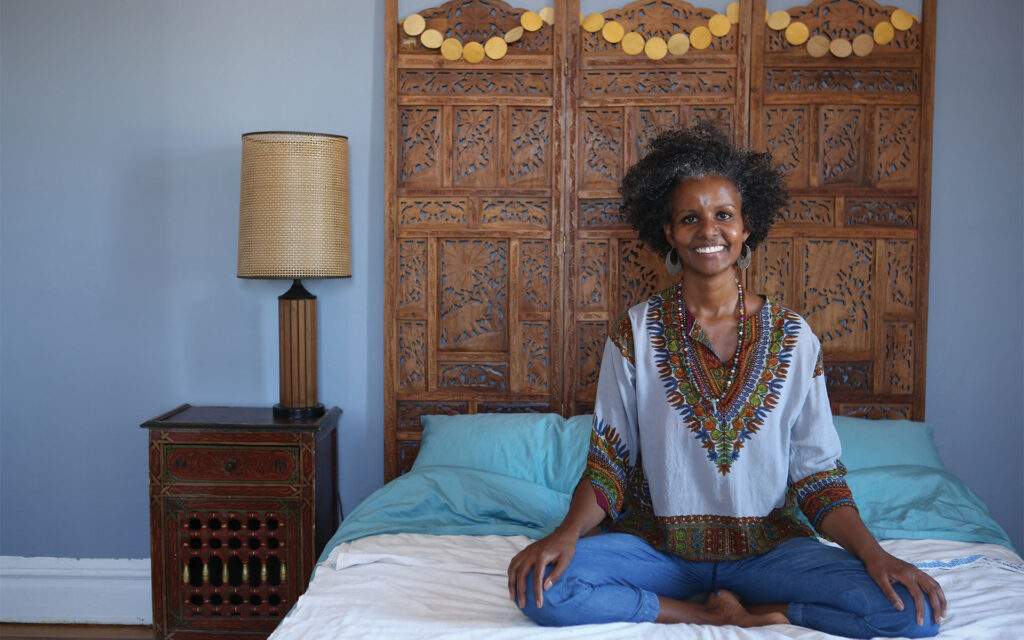
Sebene Selassie
Mindfulness Teacher, Author, Speaker
As a teacher and writer (Sebene Selassie’s first book, You Belong: A Call for Connection, will be out this August with Harper One), Selassie is looking outward at what she calls a “huge movement in spiritual consciousness raising that is probably unparalleled in modern history.”
Even before COVID-19 further shone a light on deep inequities in our political and social systems, Selassie notes, more of us were becoming more aware of the depth of human suffering. “The way I relate to what’s happening is a lot is being revealed that was maybe hidden—and particularly hidden from particular people for a long time. Dominant culture— white culture, more privileged people—are becoming aware of suffering that they hadn’t been aware of before, and becoming privy to information that people from other places or other social locations have known for a long time. So there’s a certain amount of resiliency that we have to build up to be able to take in this news, and have a sense of perspective and possibility within it.
“I don’t think things are worse now, I think things are just being seen more clearly now.”
“Mindfulness presents the opportunity for us to be more fully present for ourselves, our loved ones, and the earth.”
Selassie finds hope in the voices that are being amplified now—voices of young people, people of color, and women in particular. “There seems to be a strong return to looking towards Indigenous people—knowledge keepers and wisdom keepers who’ve been dismissed by modernity and scientific materialism.”
Still, she notes, that optimism is underpinned with a clear-eyed vision about what this moment is calling for. “It’s an opportunity for a really different change, not just the Band-Aids or shifts that we tried in the past, that were lock-step with systems of oppression. But we actually need major changes and shifts. And this is our opportunity.”
Selassie says we have choices about how and why we turn to mindfulness. “I hope we don’t use mindfulness only for its attentional quality, to be better, more efficient at paying attention to business as usual, but that we use this capacity for embodied awareness, for feeling with our minds, our hearts, and our bodies, what’s most needed in the moment.”
For Selassie, “mindfulness presents the opportunity for us to be more fully present for ourselves, our loved ones, and the earth.”
6) Treat Everyone with Dignity
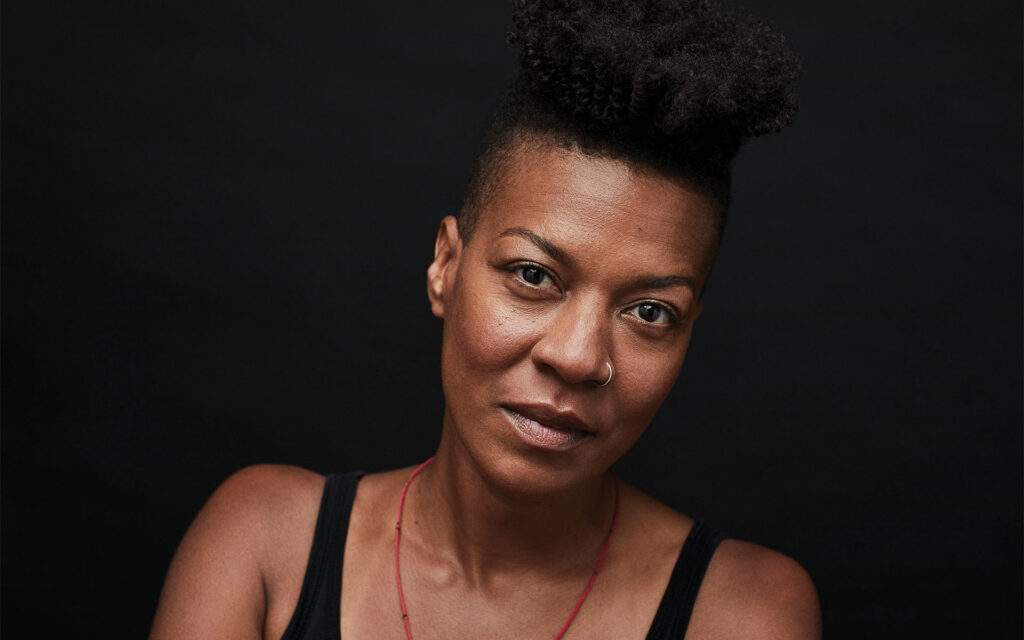
Leslie Booker
Yoga and Meditation Teacher, Speaker, Author
Leslie Booker found her way to yoga and meditation in her twenties, and from there, began working with young people of color who were incarcerated. “There is this narrative when you’re locked up that you’re an animal. And that’s how they treat you. And, I was like, no, you are a human being. And you need to be treated with dignity. And so I began to see a lot of dignity begin to arise in my young people. Just having these mindfulness practices really allowed them to have a sense of care and love for themselves.”
For Booker, that deep understanding of humanity is guiding her through turbulent times.
“When I see people who are really harmful to other humans, it helps me to have compassion. No one who is free from greed, aversion, or delusion would cause harm in the world. People who are free from these poisons don’t spread hate. They don’t lock people up. They don’t murder people. They don’t sexually abuse people.
“I want you to see my color. I want you to know that I’m queer. I want you to know that I’m racialized and politicized.”
“And it’s been really helpful for me to be like, hurt people hurt people. And that’s been giving me enough space, so that my heart and mind don’t get colonized by these poisons as well.
Whatever name we attach to it: anger, fear, grief, sadness—we need to move this stuck energy through our bodies so it doesn’t set up residence and start colonizing our hearts and minds. It’s imperative for us to scream, shout, cry, create art, lift our voices, and to rest, so we can feel our hearts again.”
But that doesn’t mean that our identities, in all their complexity, don’t matter. “I want people to know that I’m Black—I want you to see my color. I want you to know that I’m queer. I want you to know that I’m racialized and politicized. It’s really important for me to name that, because I see people who are queer, who are trans, who are folks of color, I can feel their bodies begin to rest, knowing that I’m with them. I got their back and I’m not in denial about who I am. And that’s what I’m bringing forward.”
7) Extend Compassion Beyond Yourself
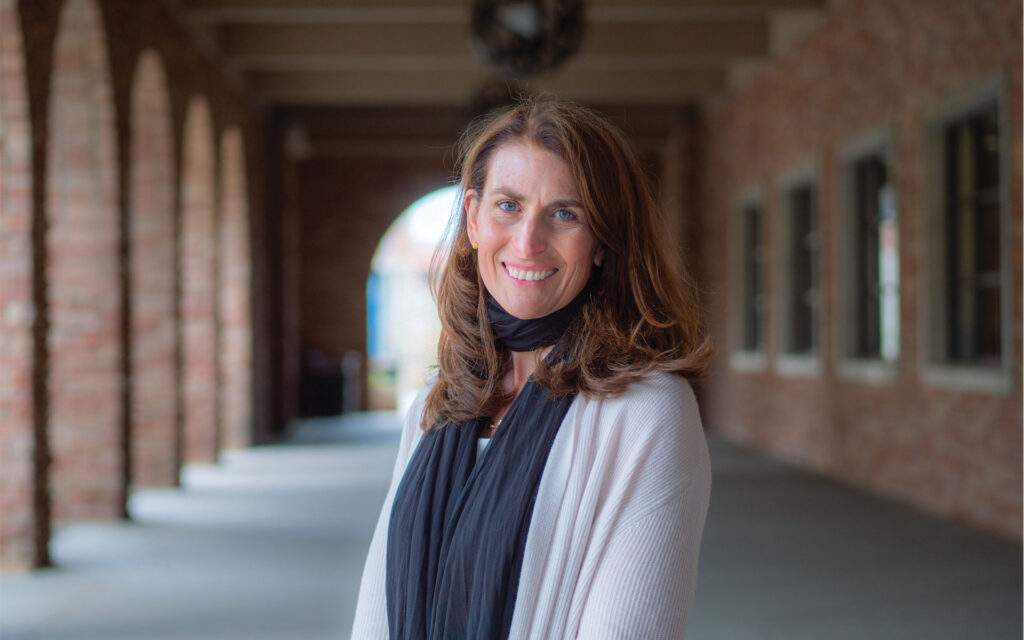
Sona Dimidjian
Clinical Psychologist
Sona Dimidjian is the Director of the Renée Crown Wellness Institute and a Professor in the Department of Psychology and Neuroscience at the University of Colorado Boulder. She’s especially interested in how people navigate transitional times in their lives and how people can extend beyond caring for themselves to caring for their communities.
“For me, the practice of mindfulness has always been about ways in which we can learn to work skillfully with our own thoughts and emotions and our own bodies, as well as be part of a broader community.” The community element is key.
And, she feels, it’s more important now than ever. “We are living in a time of profound uncer-tainty where assumptions that we took for granted, didn’t even realize that we held about how the world worked or how people interacted with one another have been called into question or have been in some cases pretty radically violated. And I think that level of uncertainty and groundlessness can create an incredible amount of anxiety and insecurity.” In turbulent times, Dimidjian says, basic awareness practices can provide an anchor that allows us to get to work.
“These times call upon us to look inward with self-awareness and to really reconnect to our core intention and ask yourself how you can be a benefit to the people around you and your community—to the world at large?”
8) Reclaim Community as Integral and Diverse
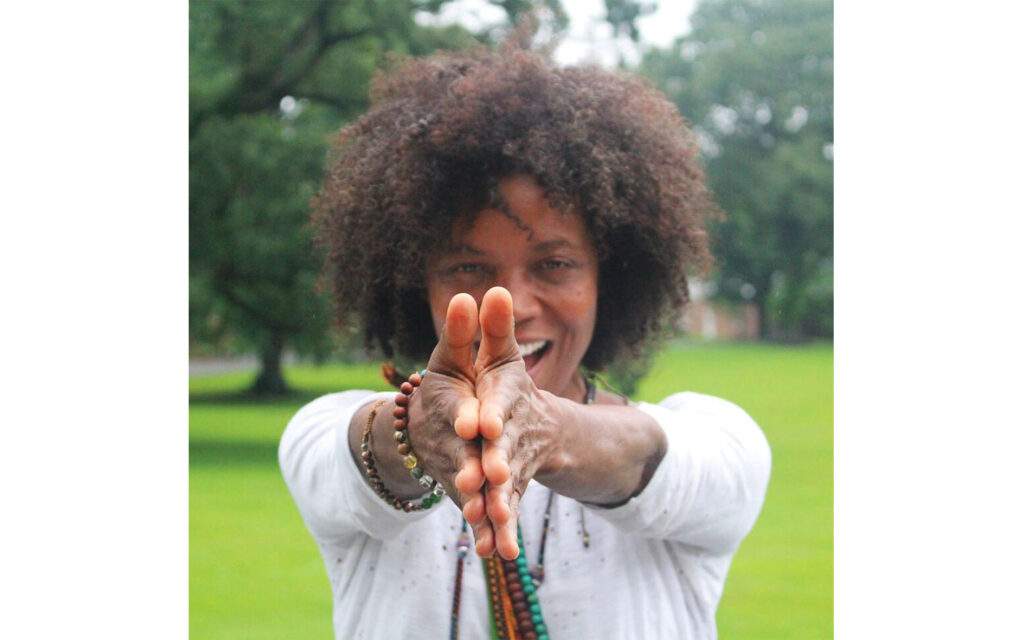
Ghylian Bell
Founder, Urban Yoga Foundation
When Ghylian Bell talks about mindfulness, she can’t help but talk about interconnectedness. She remembers how hard her elders worked. “Understanding the hard life they had, that was carried in their bodies but not in their spirit, was another vehicle of mindfulness for me. It just blows my mind to recall the kind of love and commitment to family and to work they had, even carrying those bodies that had kind of fallen apart.”
“I got you, I see you, I see you bleeding, I see you open, I acknowledge you, I’m holding you, and now I’m going to get up and take care of you.”
Bell started Urban Yoga Foundation in 2007, naming it intentionally. “The urban environment to me is multifaceted and multicultural. And yoga is union. With our practice we’re bringing back the union of multifaceted, multilayered, multicultural communities—it’s an opportunity to reclaim our community as integral, diverse. Because people are feeling it. They are either going to feel included, or they are going to feel excluded by the nature of how we step in.”
Bell also sees an opportunity for healing, if we’re willing to acknowledge our pain. “When a child falls and that booboo is raw and bleeding, the first thing that kid does is grab that knee and hold it, probably puts their head and face down near it to kiss it. There is comfort in the holding, there’s acknowledgment in the rawness, there’s direct connection to the pain. When a parent says: ‘Oh get up, you didn’t hurt yourself,’ that child can say: ‘But I did, and I get to see my knee, and say I got you, I see you, I see you bleeding, I see you open, I acknowledge you, I’m holding you, and now I’m going to get up and take care of you.’ And then I can walk, and then I can run, and then I can keep going.”
9) Embody Presence, Power, and Inclusivity
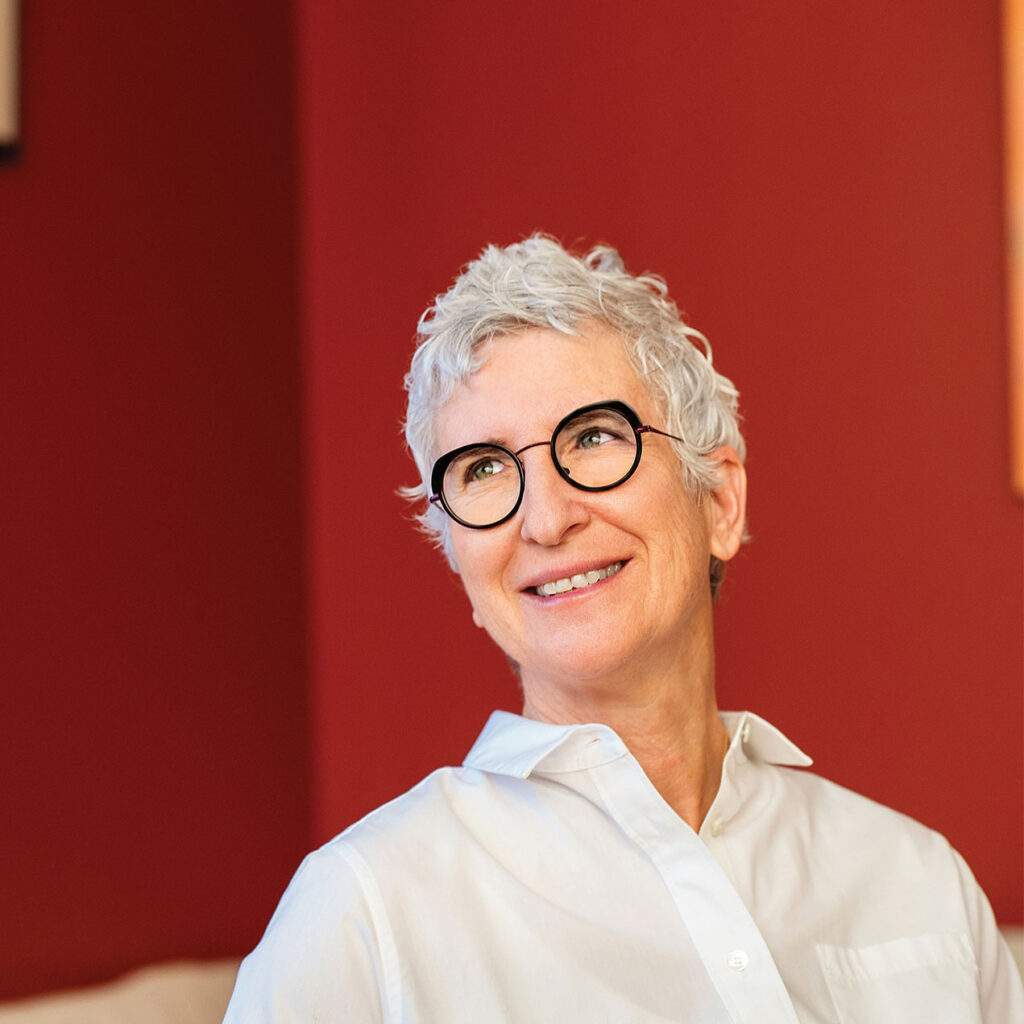
Tami Simon
Founder and CEO of Sounds True, Writer, Podcast Host
Tami Simon learned to meditate when she was in college, studying philosophy and religion, and it changed her life. “I had a sense that I belonged on the earth for the first time. That I was welcome here, I was welcome in myself. I was welcome in my body. I never had that feeling before. I was able to connect with a sense of, you could call it embodied immediacy or presence. The pleasure of presence. And I thought I just always want to be in touch with this and I want to share it with other people because it’s so available.”
When circumstances—whether personal, environmental, or political—feel out of control, Simon turns to her practice to restore herself, so that she can be of service.
“I think the first thing is, be a force of sanity in the room. Be a light and a torch of sanity yourself,” Simon says. “You have a very powerful impact on every single person you come in contact with. In every conversation and every interaction, you’re a light. You’re rebalancing other people, you’re realizing oh, this is the time to give this person a hug. This is the time to pause and maybe look someone in the eye and take a few extra seconds and ask them how they are. We can be there for others if we’re centered inside ourselves.”
“The more women are mindful, the more they’ll be able to bring their voice forward in the most skillful and strategic ways creating inclusion and a kind of an embrace that doesn’t leave anybody out.”
And though Simon has had a hand in amplifying the voices of mindfulness teachers like Jon Kabat-Zinn, Kristin Neff, Tara Brach, Jack Kornfield, and others, there are voices yet to be amplified. “We need to hear the voices of women more and more and more and more and more. Our world is not going to have the kind of sanity and balance—values of the human heart and relatedness—that’s not going to be our operating way as a culture until the voice of women is equal to the voice of men,” Simon says. “The more women are mindful, the more they’ll be able to bring their voice forward in the most skillful and strategic ways creating inclusion and a kind of an embrace that doesn’t leave anybody out.
“There’s something natural with mindfulness that it sees the validity of every perspective. And that’s so important because we don’t need a bunch of angry, polarizing people of any gender. We need strategies that don’t create further polarization, but create inclusion and a kind of an embrace that doesn’t leave anybody out. We need women to be the most strategic, the most skillful, and the most inclusive. And those are mindful women.”
10) Unleash Your Natural Flow State
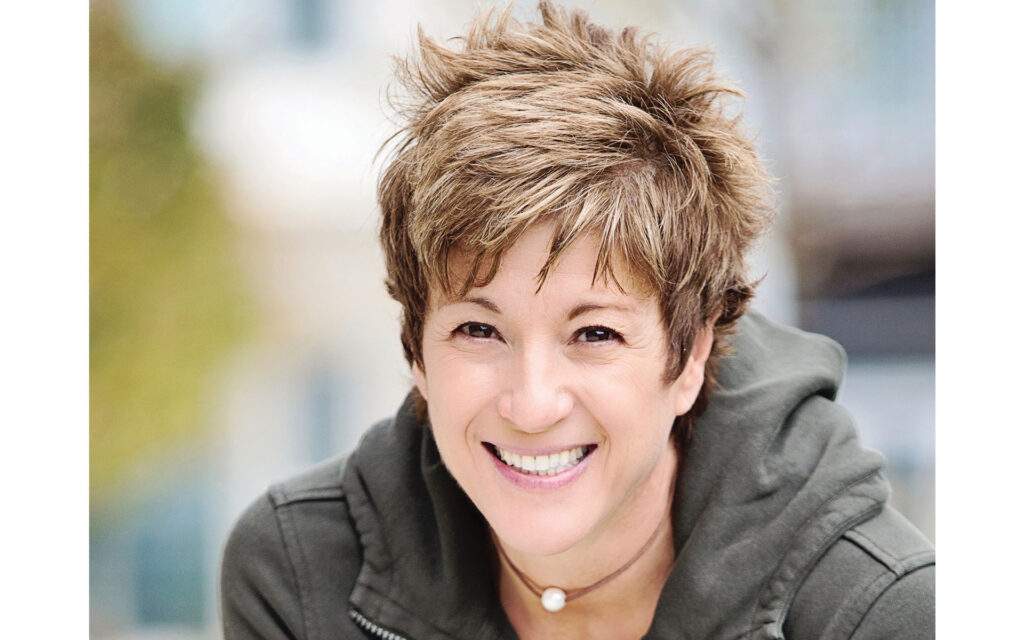
Cara Bradley
Mindfulness and Yoga Teacher, Speaker, Author
Cara Bradley’s been a teacher for forty years—she started teaching ice skating when she was just 15 years old. “What I noticed as a fifteen-year-old teaching adults how to skate, was that they came on the ice and their bodies and their faces looked very tense and constricted. And over the course of the lesson, I noticed their faces change and I noticed people become more child-like. They just came alive.” That made Bradley come alive, too. “I like being able to help people feel more alive. My whole life, I’ve been moving bodies—and training minds.”
As a motivational speaker and trainer for organizations and companies, Bradley teaches about balance and flow. “In business and in life, you have to have a balance of the yang energy to get things done, along with the yin energy of supporting people through transformation,” she notes. Bradley is also a firm believer that empowered women empower women. “My practice has allowed me to step outside myself enough to really support women, wholeheartedly. While also recognizing that male or female, we all need the balance of the yin and yang energy.”
Bradley knows that peace is available to anyone who reaches for it. “What breaks my heart is when people think they’re bad at something. ‘I’m bad at yoga, or bad at meditation.’ People say that ALL the time, and you know it goes so far beyond being good or bad. The practice is about coming home to our natural state.”
11) Create Sacred, Safe Spaces for Everyone
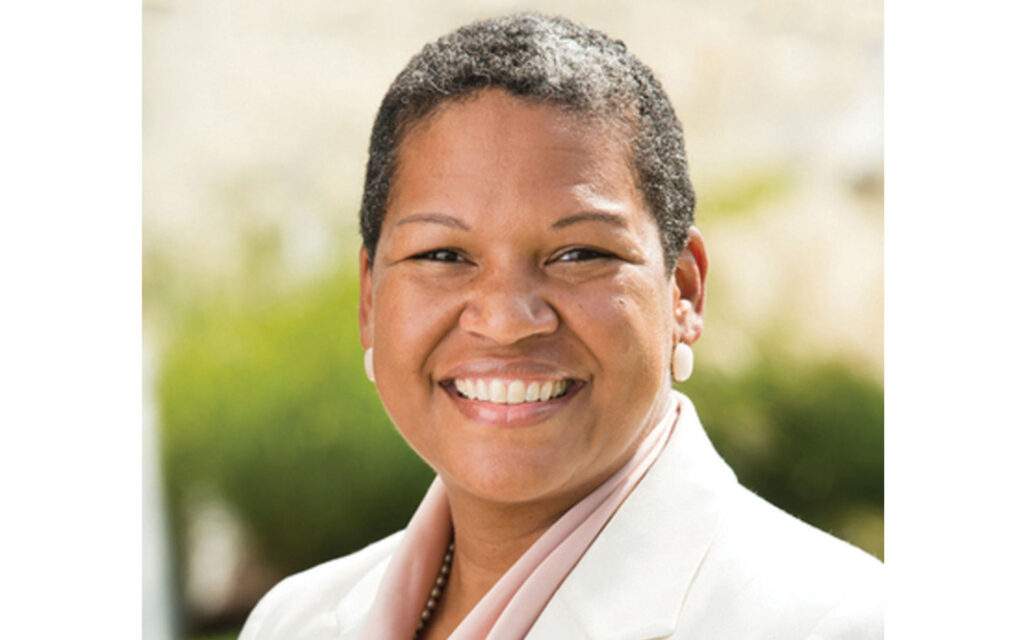
Michelle Maldonado
Founder & CEO of Lucenscia
Michelle Maldonado was just seven years old when her great-aunt—her Titti—introduced her to meditation. Titti placed her hand on Maldonado’s head. “Quiet here,” her auntie said, and then moved her hand to Maldonado’s chest, “so you can be here.” Maldonado didn’t recognize this as meditation until much later, but she knew its power.
She carried these skills into her career. “I remember my managers would say, What is it that you do that makes your team so high performing? And honestly, at first I wasn’t really sure.” But after Maldonado attended a mindful leadership retreat the pieces fell into place. “I went to my boss and I said, It’s not what, it’s how. And he was like, I don’t really understand this, but it seems to work. Keep doing it.”
Maldonado is a lawyer and she founded Lucenscia to bring mindfulness and emotional intelligence training to business and organizational leaders.
“Organizational ecosystems impact everybody. We all shop at a grocery store. We all buy gas. We all interact with law enforcement. And so I felt that the best way to make a difference was to move into those communities, to create sacred and safe spaces, for people to be okay, to recognize their vulnerability, their humanity.”
For Maldonado, it’s vital that she’s doing this work as a Black woman, not only for people of color, who don’t always see themselves reflected in mindfulness offerings, but more broadly for social change. “When we see the spectrum in front of us, then we start to break down misperceptions about who we think people are and what they can and can’t do.”
12) Listen to the Wisdom of Today’s Youth
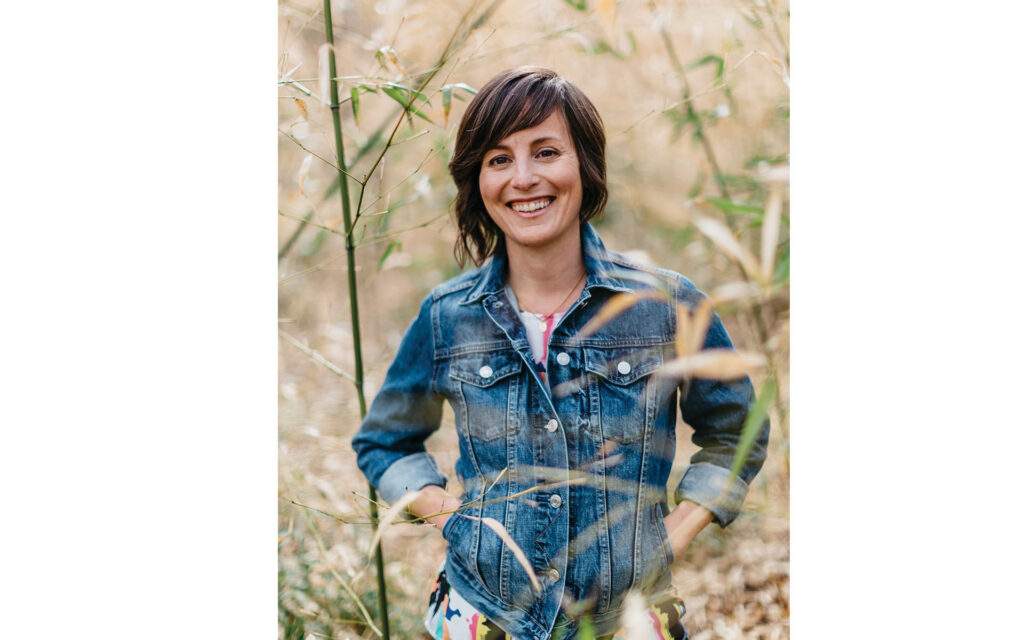
Jessica Morey
Founder, iBme
Jessica Morey finds all kinds of hope and inspiration about the future in the teens she works with on retreat with Inward Bound Mindfulness Education (iBme). Morey was working at the World Bank, with two master’s degrees in sustainable development and international affairs (“I was fully on a track of international climate policy and finance and clean energy,” she says), when the opportunity to start a nonprofit retreat program for teens presented itself.
Quitting the World Bank to run a nonprofit was a scary step, but it also felt, in a way, inevitable. Since the age of 14 she’d attended Insight Meditation Society’s teen retreats each summer. “As a teenager I was happiest on retreat, because of the deep feeling of belonging, love and peace. As an adult, volunteering on teen retreat, there was never a moment when I’d be like, oh, is this worth doing? Is this impactful? Whereas with my job, I was always feeling that way. Was it having any impact in the world?” While still at the World Bank, and volunteering with the teen retreat program that grew to become iBme, Morey found a clear sense of meaning and contribution from supporting youth to have the kinds of experiences she’d had as a teen. “When I was leading teen retreat, my impact was crystal clear. I could see the dramatic transformation in the youth I worked with over the course of a week. It was deeply meaningful.”
“Trust in what’s possible in the world.”
These days, Morey’s thinking about ways to tap into the wisdom and energy of the teens who come to iBme retreats. “I have some ideas about having a youth climate contemplative retreat themed around: How do we address the internal and external experience of what’s happening?”
For Morey, her mindfulness practice is helping surf the uncertainty of all that. “I just like the fundamental clarity, the potential for connection and care of every mind, heart, and also of healing—that’s just inspiring.”
Morey is also inspired by “the wisdom and insight teens have—and the transformation that I get to see in them. It’s not that hard to create the conditions under which people’s best qualities can emerge and where they can live in integrity with their deepest values.”
That’s what gives rise to Morey’s optimism. “These young people having a direct lived experience of safety, acceptance, love, belonging, and possibility. And that’s both in their own mind, and how they learn how to relate to their own thoughts and feelings and body, and in the experience with their peers and this group of adults who are mentors. It’s a trust in what’s possible in the world, because you’ve experienced it.”
Read More
10 Mindfulness Practices from Powerful Women
We’ve gathered 10 mindfulness practices created by women to help you live a generous, compassionate, healthy life.
Read More
10 Guided Meditations from the Powerful Women of the Mindfulness Movement
As we celebrate the women leaders of mindfulness, we invited teachers, researchers, and activists to share guided meditations that reflect what they’ve learned from their years of deep practice.
Read More
12 Powerful Women of the Mindfulness Movement
There’s a balancing of gender power happening across the professional world—including the mindfulness world. Twelve leaders in the field share how they claim their power and bring the diversity of their experiences in the mindfulness movement to bear in their work.
Read More


